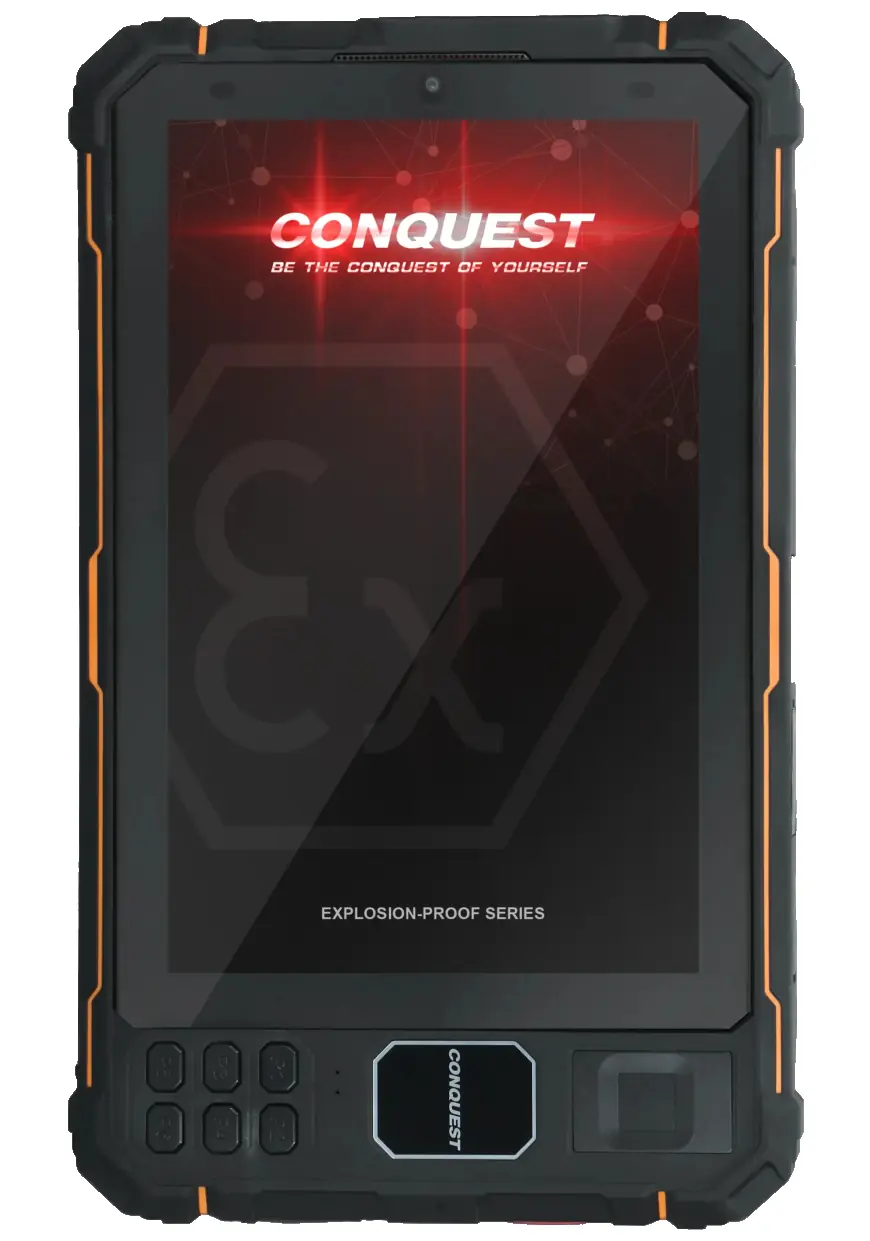Top Benefits of Using an Intrinsically Safe Tablet in Oil and Gas Industries
Discover the top benefits of using intrinsically safe tablets in the oil and gas industry—ensuring safety, compliance, and productivity in hazardous zones.

The oil and gas industry is one of the most hazardous sectors in the world, where workers face explosive gases, volatile chemicals, and extreme conditions daily. In such high-risk environments, even a small electrical spark from a device can cause catastrophic accidents. To minimize these risks while improving operational efficiency, companies are adopting an intrinsically safe tablet as a vital part of their digital transformation. These devices are engineered to prevent ignition hazards while providing the advanced functionality needed for modern fieldwork.
1. Enhanced Safety for Workers
The most obvious and important benefit of intrinsically safe tablets in the oil and gas sector is worker safety. Standard consumer tablets are not designed for environments filled with flammable gases or vapors. Their batteries, processors, and circuits can generate sparks or excessive heat that may ignite explosive atmospheres. Intrinsically safe tablets, on the other hand, are purpose-built to limit electrical and thermal energy so they cannot cause ignition—even in the event of a malfunction. This gives workers peace of mind while handling critical tasks near drilling rigs, pipelines, or refineries.
2. Compliance with Industry Regulations
Oil and gas companies operate under strict global regulations to ensure workplace safety. Devices used in hazardous areas must meet certification standards such as ATEX, IECEx, and UL/CSA. Intrinsically safe tablets are rigorously tested and certified under these standards, ensuring legal compliance and minimizing liability. By using certified equipment, companies demonstrate their commitment to both worker safety and regulatory requirements, which also helps during audits and inspections.
3. Real-Time Data Access and Communication
In oil and gas operations, real-time communication is critical. Whether it’s monitoring drilling progress, reporting pipeline issues, or coordinating emergency responses, delays can be costly and dangerous. Intrinsically safe tablets are equipped with 4G/5G connectivity, Wi-Fi, and sometimes satellite communication, enabling workers to stay connected even in remote offshore rigs or desert oil fields. This constant connectivity improves decision-making, speeds up reporting, and ensures that teams can coordinate effectively in hazardous conditions.
4. Rugged Durability for Harsh Environments
The oil and gas industry operates in some of the harshest locations—from scorching deserts and frozen tundra to offshore rigs battered by saltwater. Intrinsically safe tablets are designed to withstand these extremes. They typically offer:
-
IP68 or IP69K ratings for dust and water protection.
-
Shock and vibration resistance for rough handling in the field.
-
Operation across wide temperature ranges to handle extreme climates.
This ruggedness ensures that devices last longer and reduce downtime, saving companies replacement and maintenance costs.
5. Increased Efficiency in Field Operations
Intrinsically safe tablets streamline field tasks by integrating multiple tools into one device. Workers can use them to:
-
Scan barcodes or RFID tags for equipment tracking.
-
Capture high-quality images and videos for inspection reports.
-
Access digital manuals and schematics on-site.
-
Input and sync data directly to enterprise systems.
This eliminates the need for paper-based processes and multiple standalone devices, resulting in faster, more efficient workflows.
6. Better Collaboration Between Field and Office Teams
Traditionally, field workers in oil and gas industries faced communication barriers with office-based teams due to remote locations and manual reporting. Intrinsically safe tablets break down this barrier by enabling instant collaboration. Workers can share live data, video calls, and reports directly from the field, giving decision-makers immediate visibility into on-site conditions. This real-time collaboration helps prevent delays, improves safety responses, and ensures smoother project execution.
7. Cost Savings Through Reliability
Although intrinsically safe tablets may seem like a higher upfront investment compared to consumer devices, they provide significant long-term cost savings. Their durability reduces the frequency of replacements, while their multi-functional design reduces the need for additional equipment. Moreover, avoiding accidents, regulatory fines, and downtime due to unsafe devices saves companies far more in the long run.
8. Supporting Digital Transformation in Oil and Gas
As the oil and gas industry increasingly adopts IoT, AI-driven analytics, and cloud platforms, intrinsically safe tablets serve as the bridge between workers and advanced digital systems. These devices allow frontline teams to collect and transmit data in real-time, enabling predictive maintenance, remote monitoring, and smarter decision-making. In essence, they play a central role in bringing Industry 4.0 to hazardous environments safely.
Final Thoughts
The adoption of intrinsically safe tablets in the oil and gas industry is not just about compliance—it’s about creating a safer, smarter, and more efficient workplace. By combining safety engineering, rugged durability, and modern connectivity, these devices empower workers to operate confidently in hazardous environments while driving productivity gains.
For oil and gas companies, investing in intrinsically safe tablets means investing in safety, compliance, and long-term operational excellence.
What's Your Reaction?
 Like
0
Like
0
 Dislike
0
Dislike
0
 Love
0
Love
0
 Funny
0
Funny
0
 Angry
0
Angry
0
 Sad
0
Sad
0
 Wow
0
Wow
0


















































